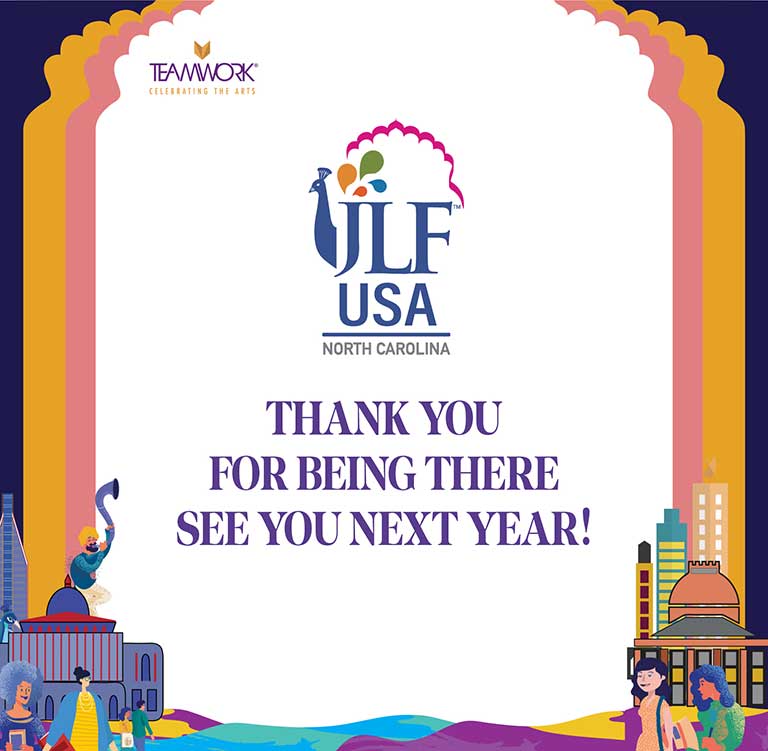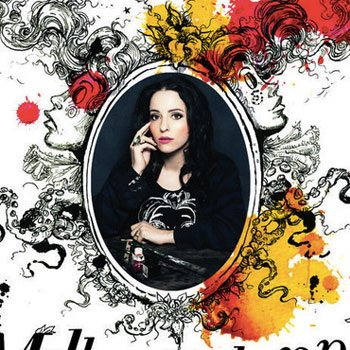


Inside Molly Crabapple’s hypnotic and colourful memoir
As I read through Molly Crabapple's memoir Drawing Blood, I realised three things:
- Reading this book as fall approaches just somehow feels seasonally appropriate.
- I truly wish to spend a night at the iconic Shakespeare and Co. store in Paris, surrounded by books and fellow Tumbleweeds, that is people who stay in the bookstore's bunks.
- And most importantly: to make art is to make a statement. It can be a mirror, speaking to and of the social and political context from which it is born.
In the first few chapters of her illustrated memoir, Molly invites us into her childhood and confesses that she loathed it, not for its circumstances but for its very essence. She recounts her sense of helplessness as a child and her burning desire to fast-forward through life. Books and art served as her sanctuaries, offering solace during in-school suspensions, where every minute without them felt agonising. Once, in the absence of pens and pads, she resorted to using her nails to sketch on the table — it is obvious, art has always been her anchor.
A daring artist and journalist known for documenting extremes, Molly’s memoir is a tapestry of intricate observations and vivid experiences. Through her unfiltered storytelling, she allows us to be in the shoes of a driven artist who is unravelling the intricacies of the world, one sketch at a time.
Despite its brisk pace, the narrative never feels rushed. As it traverses countries and years, each line manages to pack in a myriad of memories. She captures the colours and chaos of the places she travels to: from the sounds and scents of a city to its cats and cockroaches. Visually stunning and textually rich, one never feels as if they are galloping through the book.
A rollercoaster of emotions, your mood swings with each page. At times, it infuses hope into your soul, and yet never shies away from starkly reminding you of life's unforgiving harshness. It recounts horrid and often violent memories and then suddenly surprises you with sharp and dry humour. It carries so much within it - passion, love, loss, tragedies, aspirations - that it almost feels like an ode to the complexity of human experience.
It transports you, you are on journey with Molly: from her staying among books in Shakespeare and Company to her involvement in anti-war protest groups in New York, and from her making love under a blanket of stars shining above the Sahara to being starstruck by the striking beauty of drag queens strutting in their Swarovski heels.
What specially stood out for me is how the memoir reflects on the subtle nuances of life we often overlook. It's a reminder that even in our bustling routines, we can be surrounded by both the ordinary and the extraordinary and yet all of it can often escape our notice. But Molly seems to see everything; her eagle-eye fascinates and frightens. For her, the entire world is a flowing portrait that she freezes and casts into her four-cornered kingdom, her sketchpatch. She catches it all, from the waves of the Seine under moonlight to the braids of a woman fighting with a store-owner in Morocco — nothing escapes her, most is immortalised by her fingers, and just like that, with her strokes and shades, everything becomes art.
Was it inevitable for Molly to become an artist? Perhaps. Her great-grandfather, Sam, lived by the motto that one must make art everyday, and called his tiny home the ‘Rothbort Home Museum of Direct Art,’ convinced that it would threaten MoMa. Her mother too was an illustrator. As Molly says, in her family’s world, “art was neither exotic nor unattainable, but instead both a family tradition and an adult way to earn a paycheck — as prosaic in its way as fixing cars.â€
But though inevitable, it is what she has achieved with her art that matters. Her genius lies in realising art’s transformative power, how it captures the time that it lives in, and the social context it is born out of. As is revealed to her after devouring David Sweetman’s Explosive Acts:
“A painting didn’t have to hang in a gallery, dead as a pinned butterfly. It could exist in spaces where people cared, as a mural, a stage set, a protest placard. Art could be gorgeous, engaged and political, working defiant magic on the world.â€
A discussion featuring Molly, which promises to be as unmissable as her memoir, is set to take place at JLF New York on September 12, 2023, at the National Arts Club. In conversation with Nermeen Shaikh, Molly will talk about art in the times of war, the beauty and chaos of her work and its intended impact. Do not miss out on this enlightening session!You can book yourself a spot here.



Leave a comment